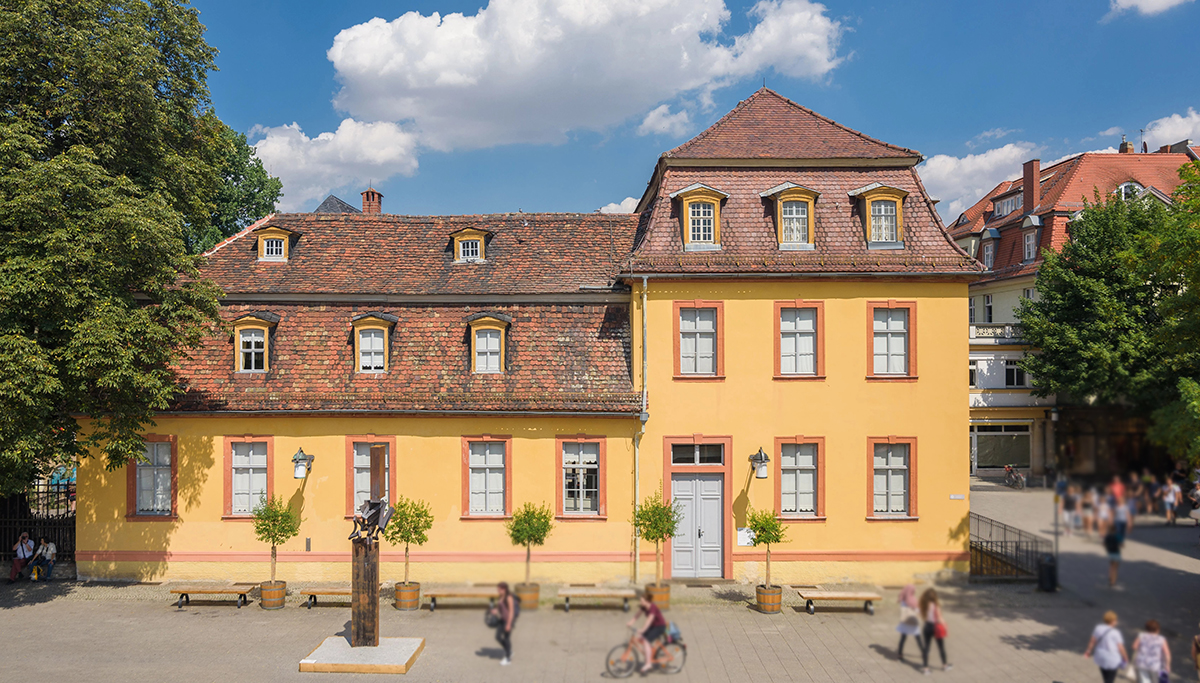Denkmal Nepomuk Hummel Weimar
Audio Guide Denkmal Nepomuk Hummel
The Johann Nepomuk Hummel Monument is a bronze bust erected in honour of the famous musician. Hummel was one of the most important pianists of his time and worked successfully as a composer and music teacher.
Johann Nepomuk Hummel was an Austrian composer and virtuoso pianist. His music reflects the transition from the Classical to the Romantic musical era. He was a student of Mozart, Salieri and Clementi. He also knew Beethoven and Schubert.
Hummel became Kapellmeister in Weimar in early 1819. During his time in Weimar, he turned the city into a European musical capital, inviting the best musicians of the time to come and create music there. He died in Weimar in 1837.
Hummel had been married to Elisabeth Röckel since 1813. They had two children, Eduard and Karl.
Elisabeth Röckel, Gummel's wife, was a famous singer and daughter of the famous actor and director Friedrich Wilhelm Röckel. She was one of Beethoven's favourite divas and inspired several of his works.
Their eldest son, Eduard Hummel, also became a musician and composer. He was a pupil of Franz Liszt and worked as a conductor in several cities in Germany.
The youngest son, Karl Hummel, chose a different path. He became a prominent lawyer and judge in Weimar.
The Hummel family thus left a significant mark on the cultural life of Weimar and contributed to the development of music and law.
The monument is located to Johann Nepomuk Hummel behind the German National Theatre of Weimar on the Sophienstift Square. The bust of Hummel was created by the Austrian sculptor and medaller Franz Xaver Pönniger in 1881. The bronze casting was made by the Viennese foundry Röhlich and Pönniger.
The monument was erected on 15 August 1895, the golden wedding day of Karl Hummel's son. In 1907, due to the construction of a new theatre, the monument was moved for the first time. In 1948, the monument found its current location on the west side of the German National Theatre. In 1967, the rectangular base of the monument was faced with travertine slabs, which bear the name and dates of the composer's life on the front side.
Other sights
-
Albert Schweitzer Denkmal

-
Altenburg (Franz Liszt)

-
Atrium & ehemaliges Gauforum
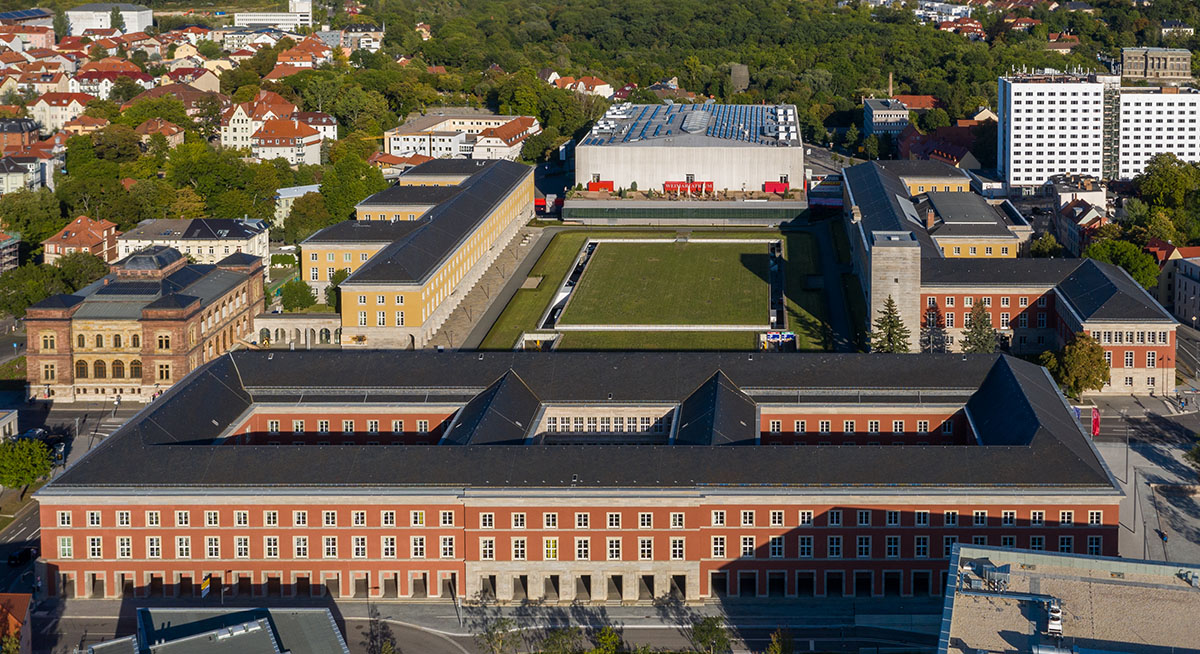
-
Bauhaus Universität (Henry van de Velde)
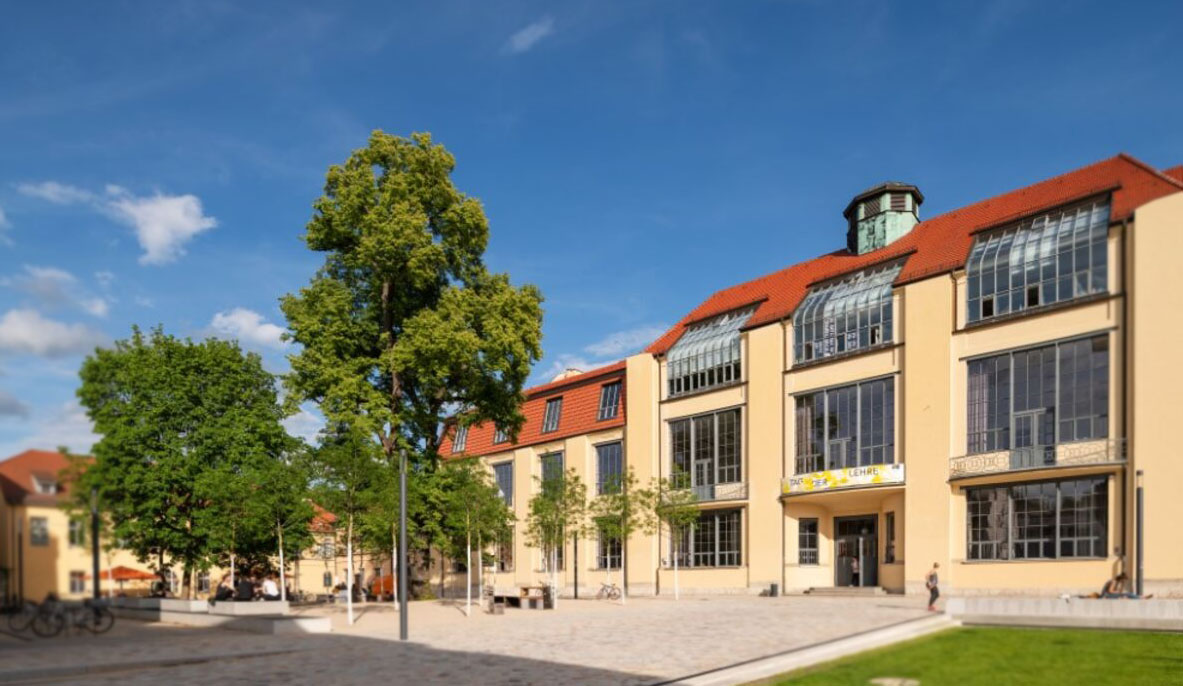
-
Bauhaus: Haus am Horn
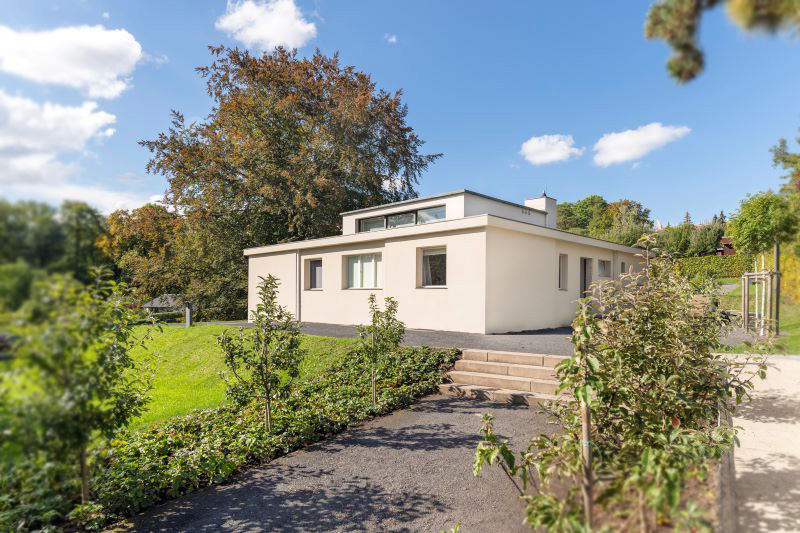
-
Carl Heinrich Ferdinand Streichhan-Kaserne
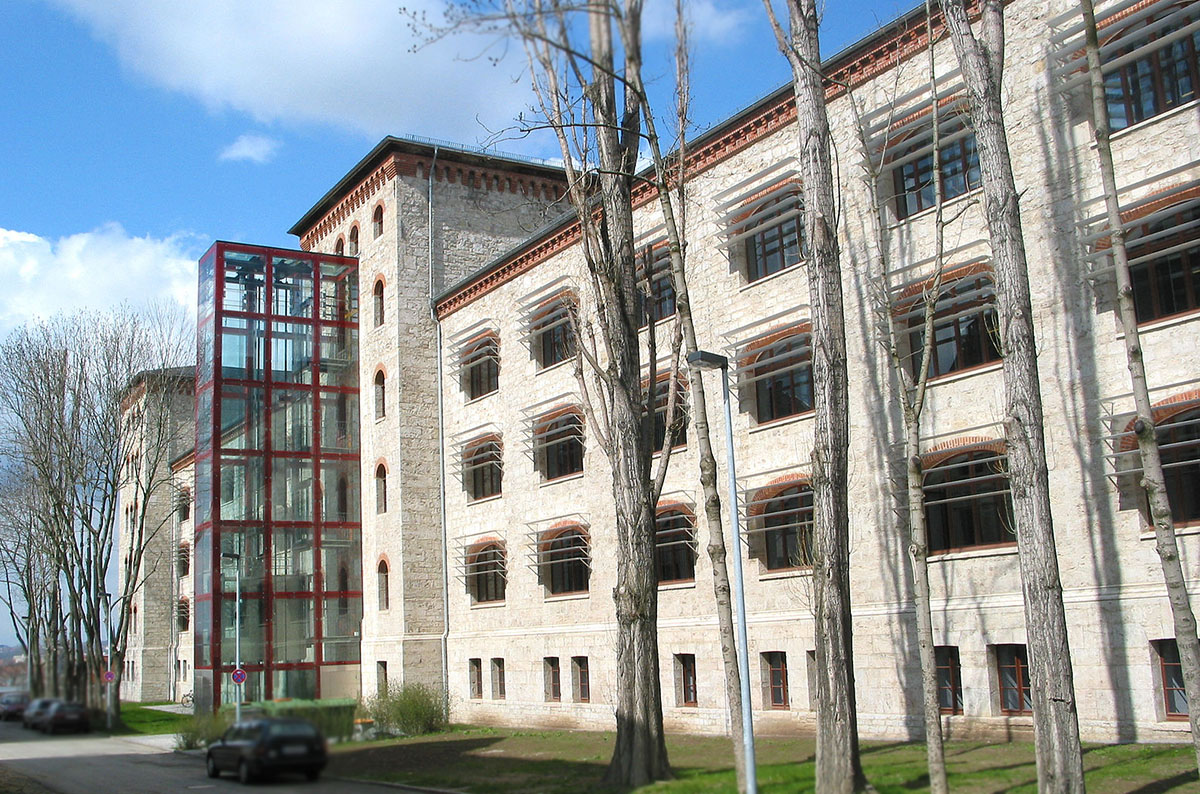
-
Cranachhaus
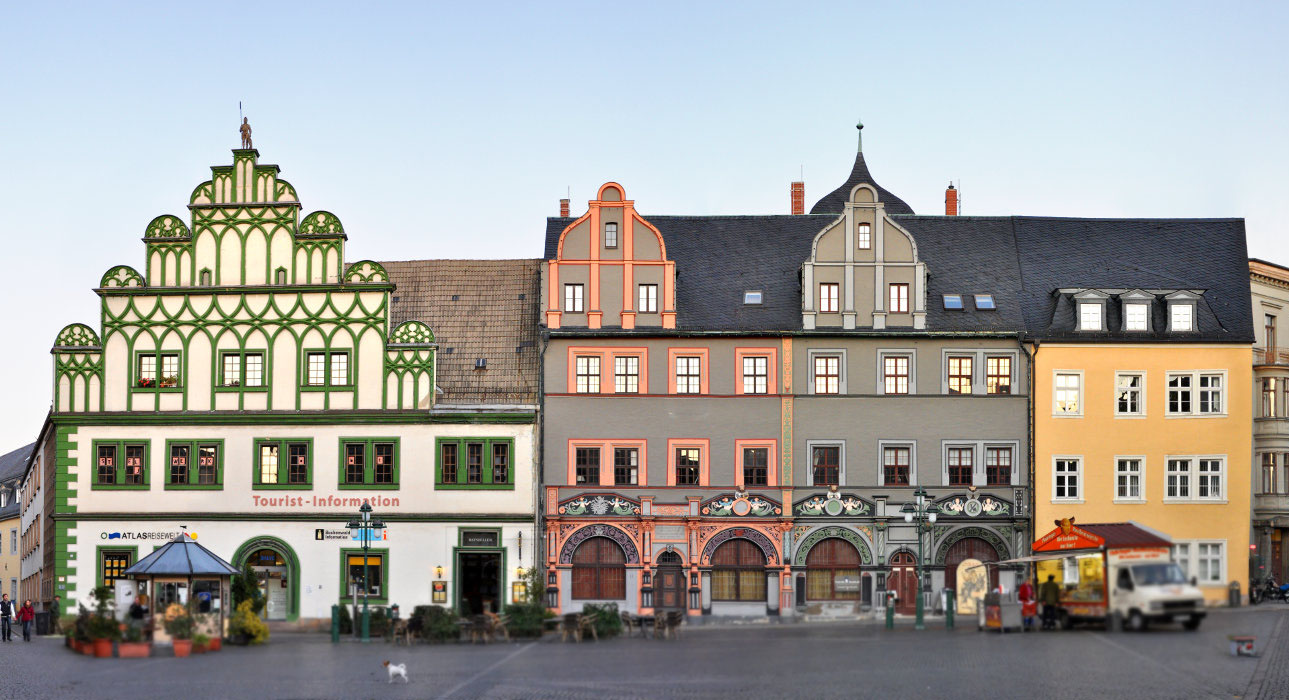
-
Denkmal Nepomuk Hummel und katholische Kirche
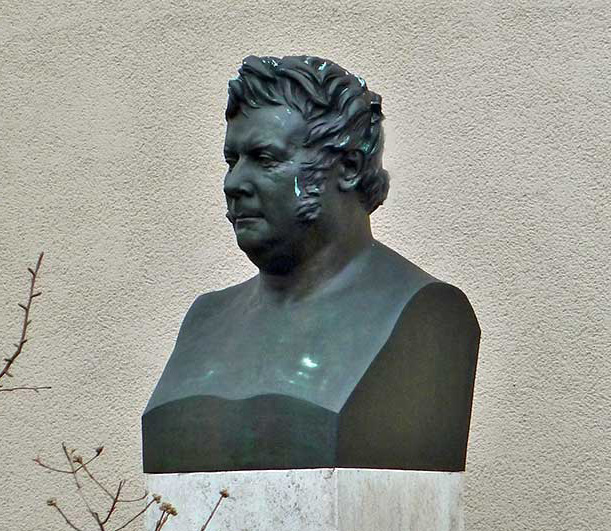
-
Deutsches Nationaltheater Goethe & Schiller Denkmal

-
Ginkgobaum
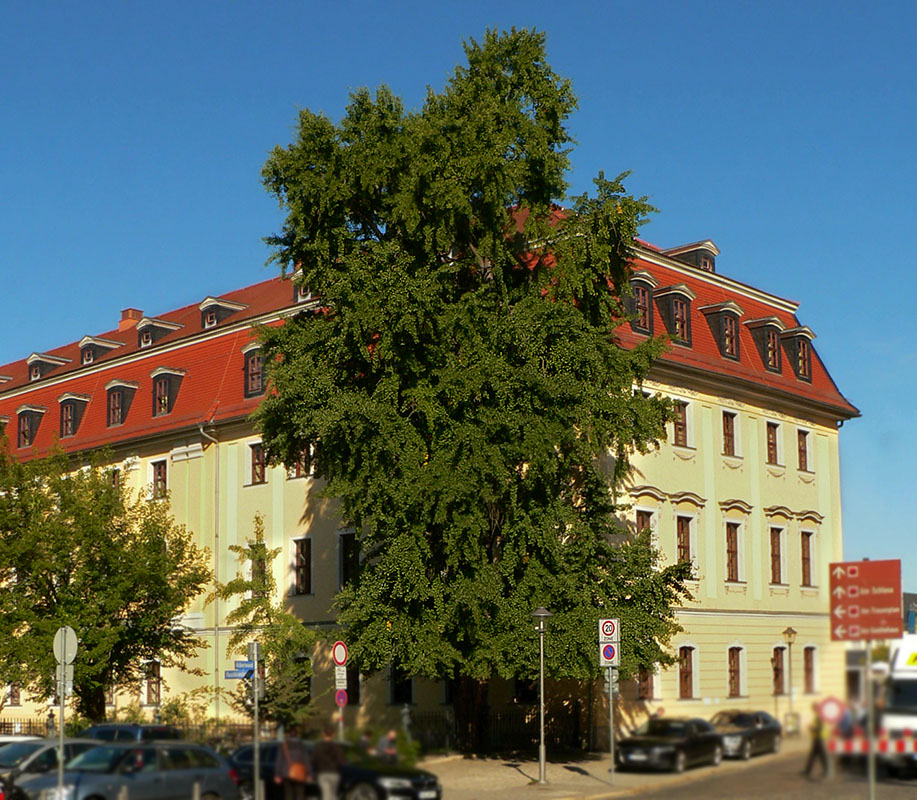
-
Goethe- & Schillerarchiv
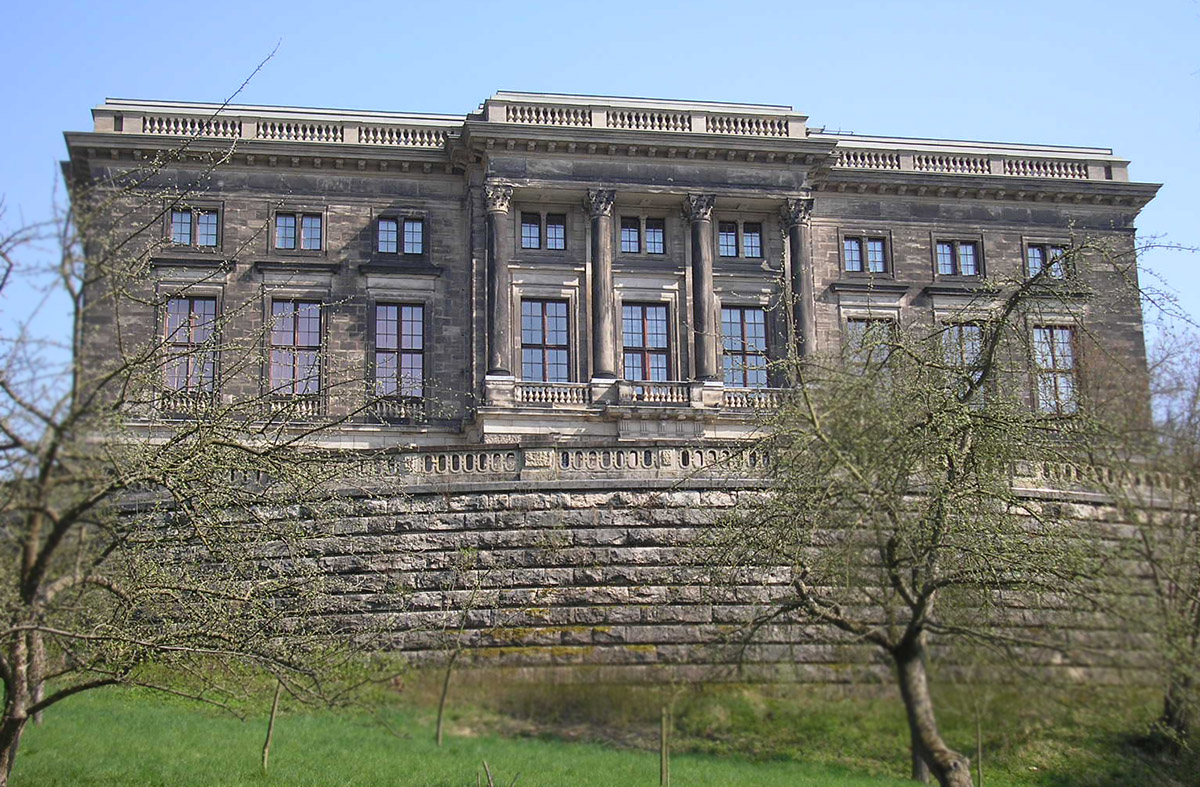
-
Goetheplatz mit Kasseturm & Stadtmauer

-
Goethes Wohnhaus
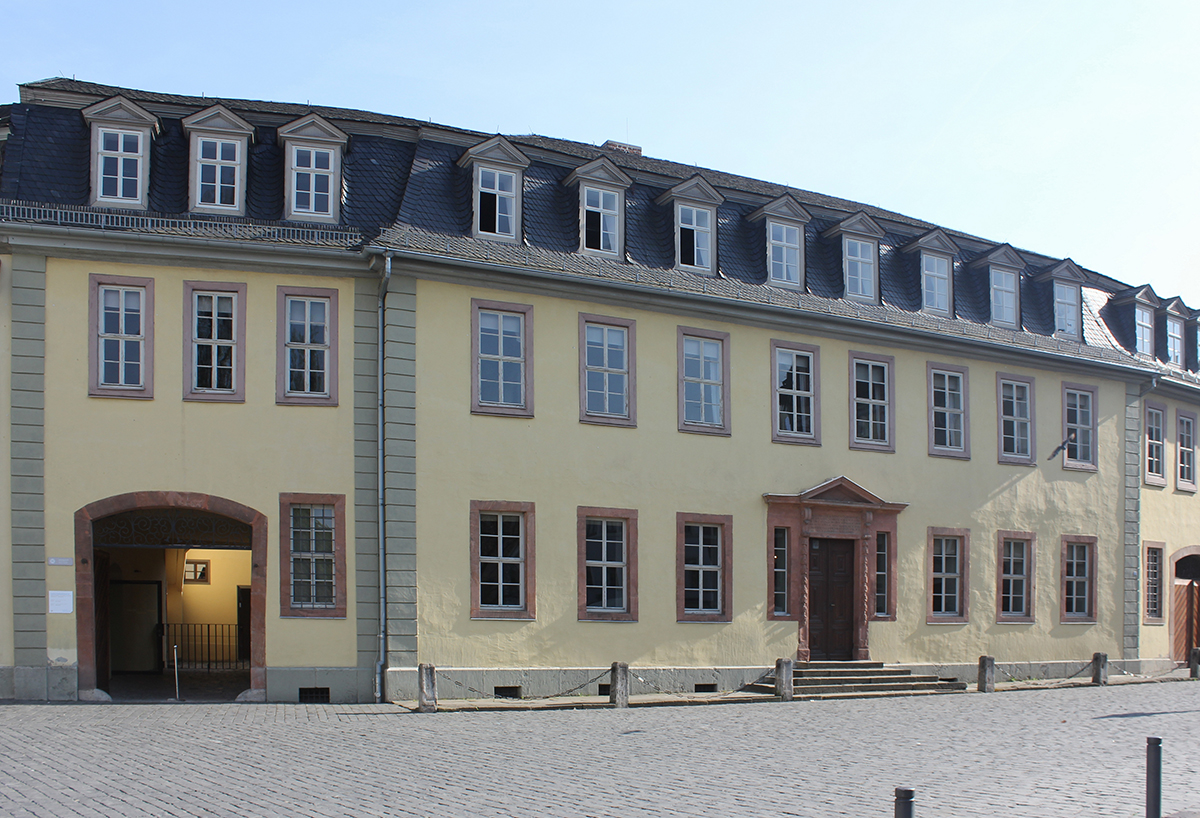
-
Haus am Horn
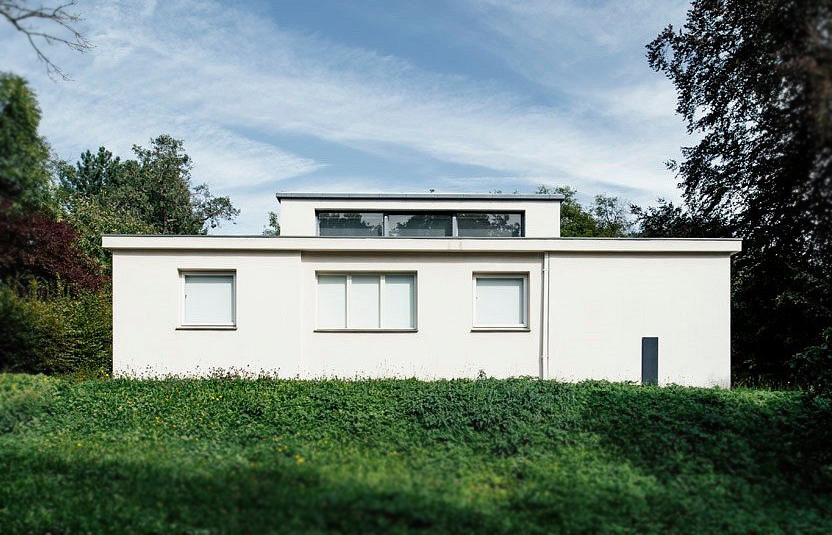
-
Haus der Charlotte von Stein
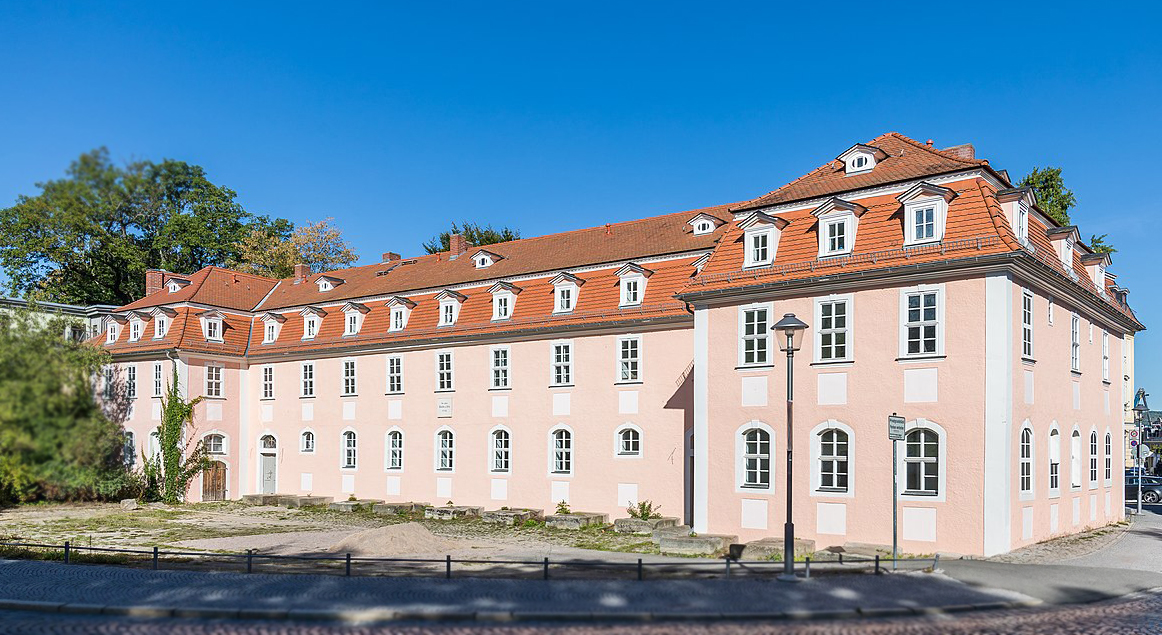
-
Herderplatz & Kirche St. Peter und Paul
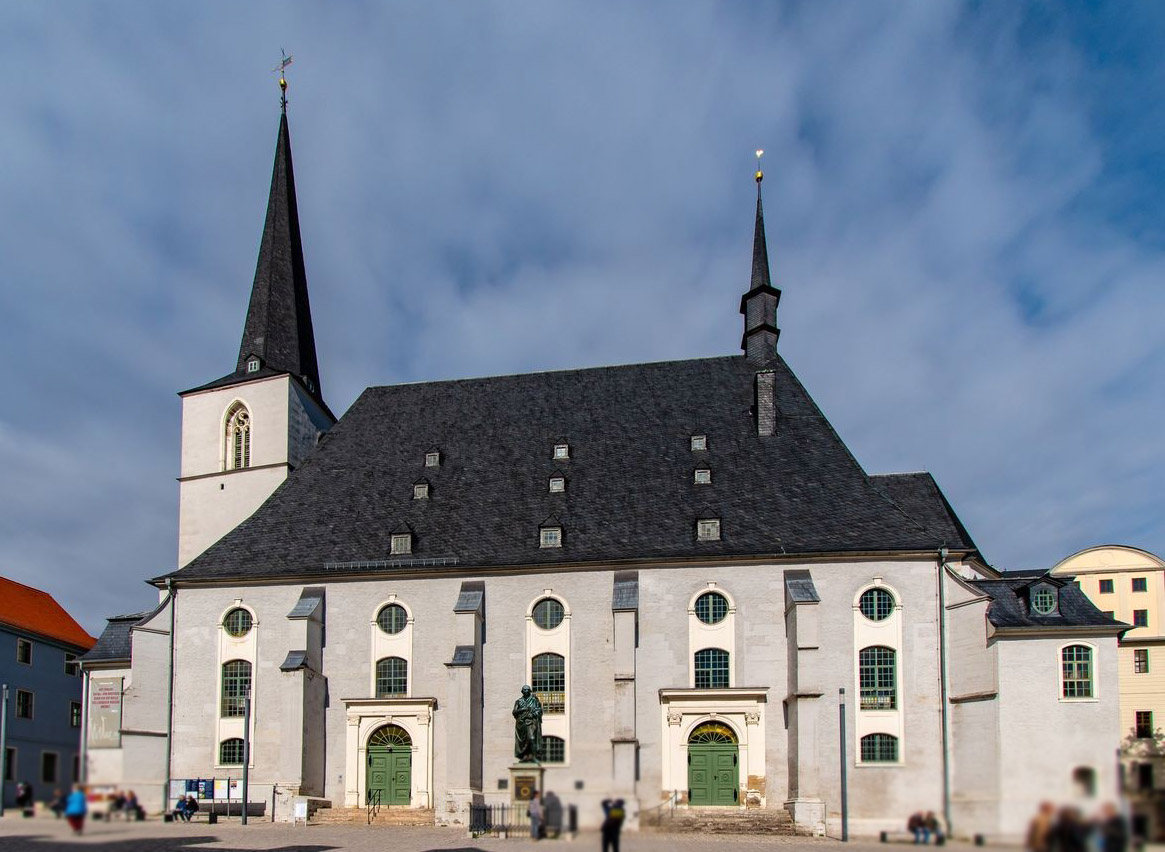
-
Herzogin Anna-Amalia-Bibliothek
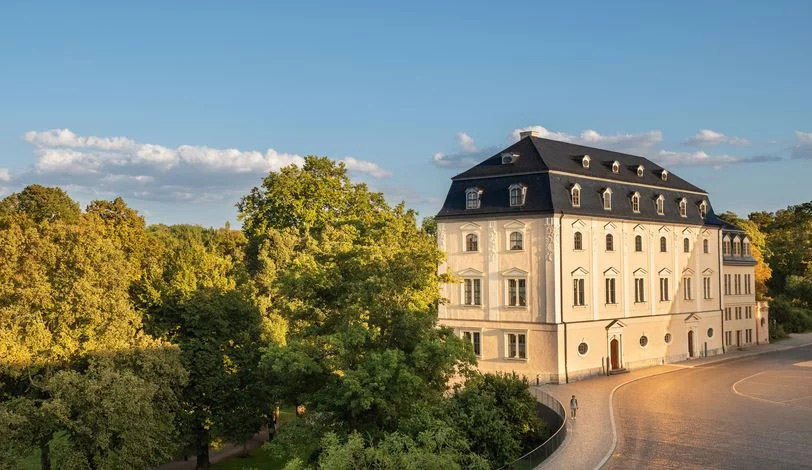
-
Historischer Friedhof
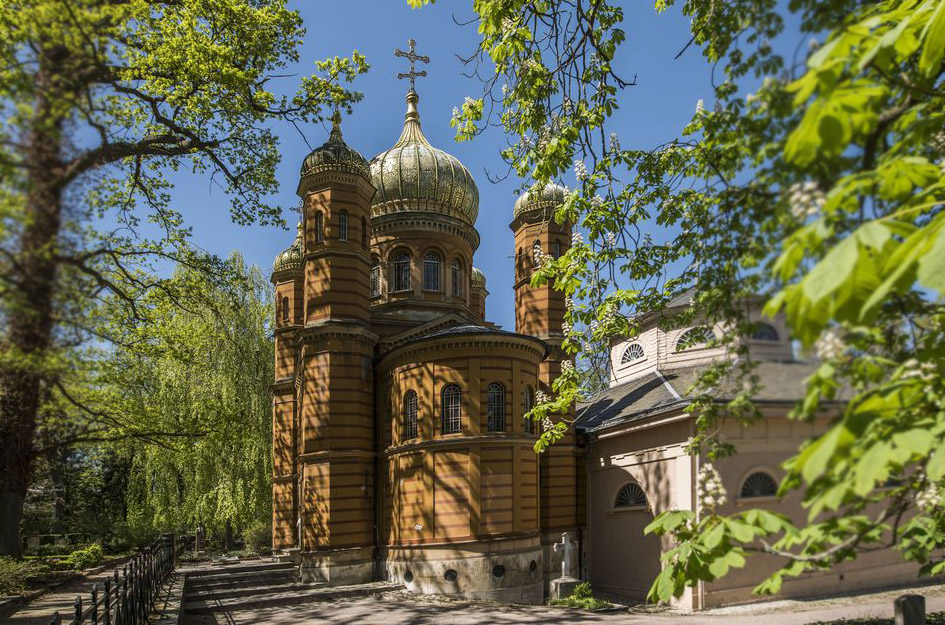
-
Hochschule für Musik Franz Liszt (Fürstenhaus)
-
J. G. Herder, Kirche St. Peter und Paul

-
J. S. Bach in Weimar & Bachtafel
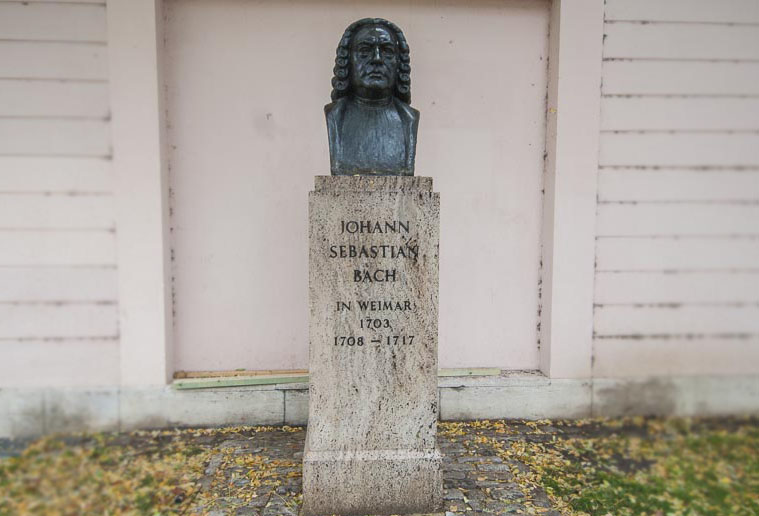
-
Katholische Kirche

-
Landesmuseum
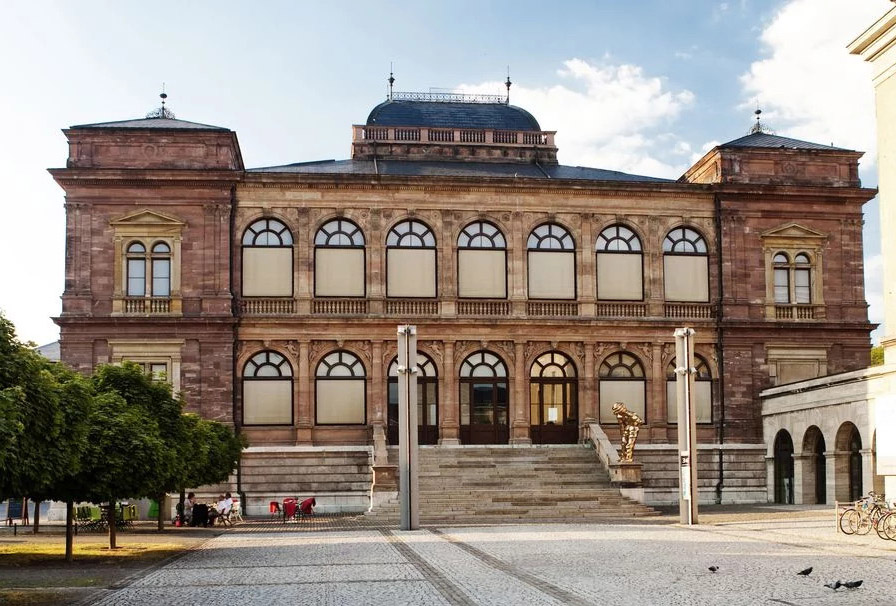
-
Liszthaus & Liszt in Weimar
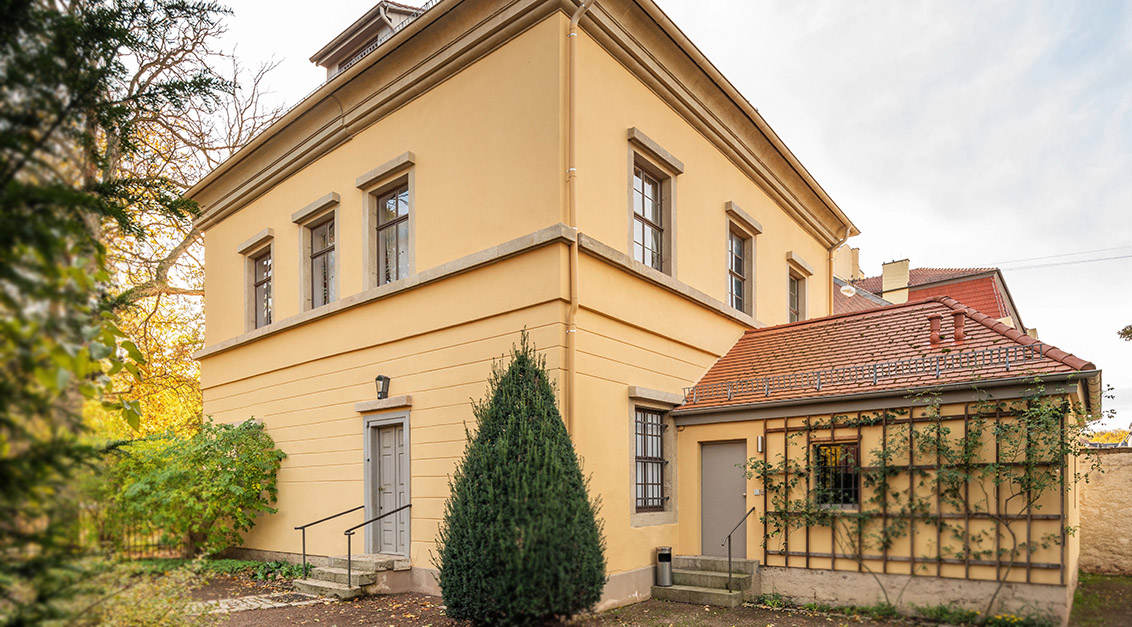
-
Markt
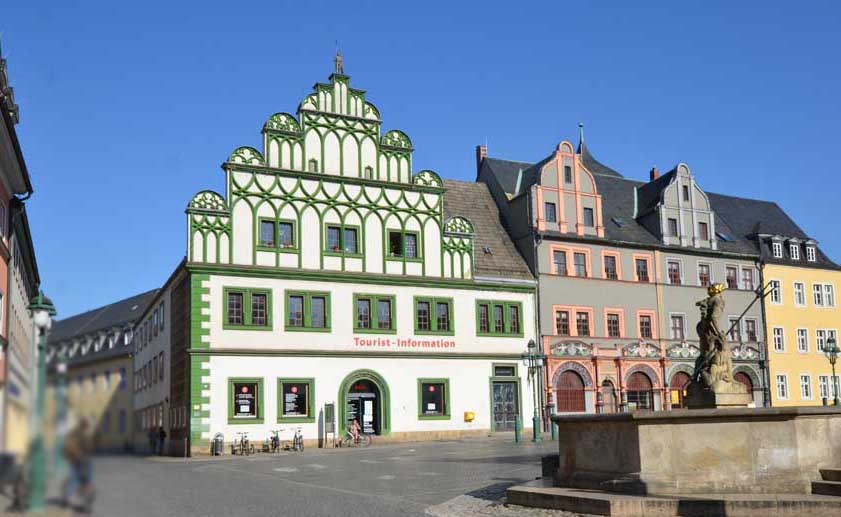
-
Marktplatz, J. S. Bach

-
Marktplatz, Rathaus, Cranachhaus
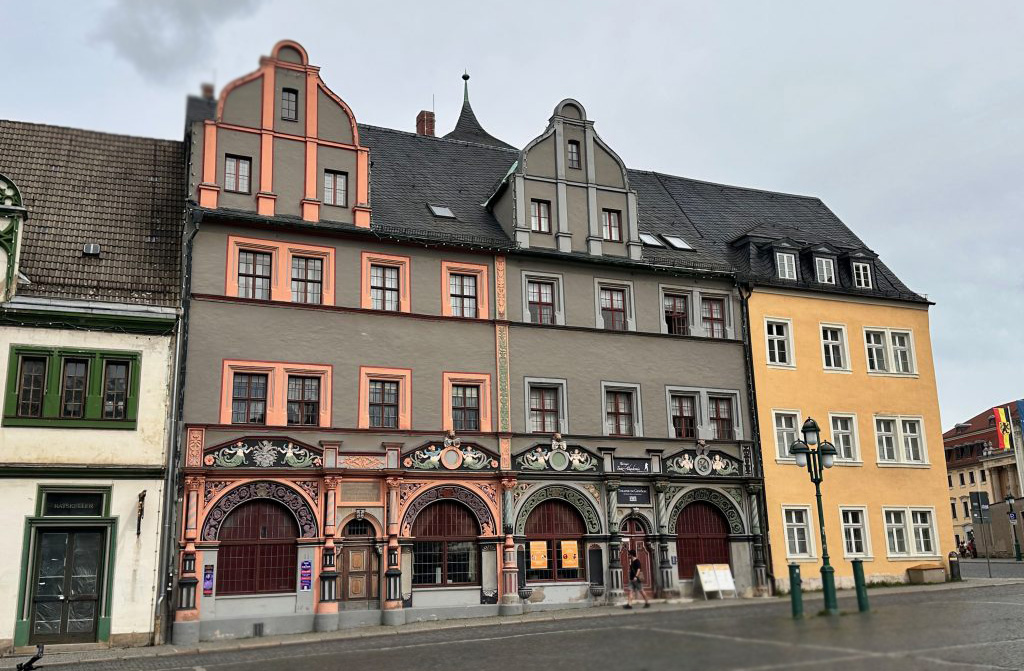
-
Marstall

-
Modernes Weimar: Neues Bauen am Horn
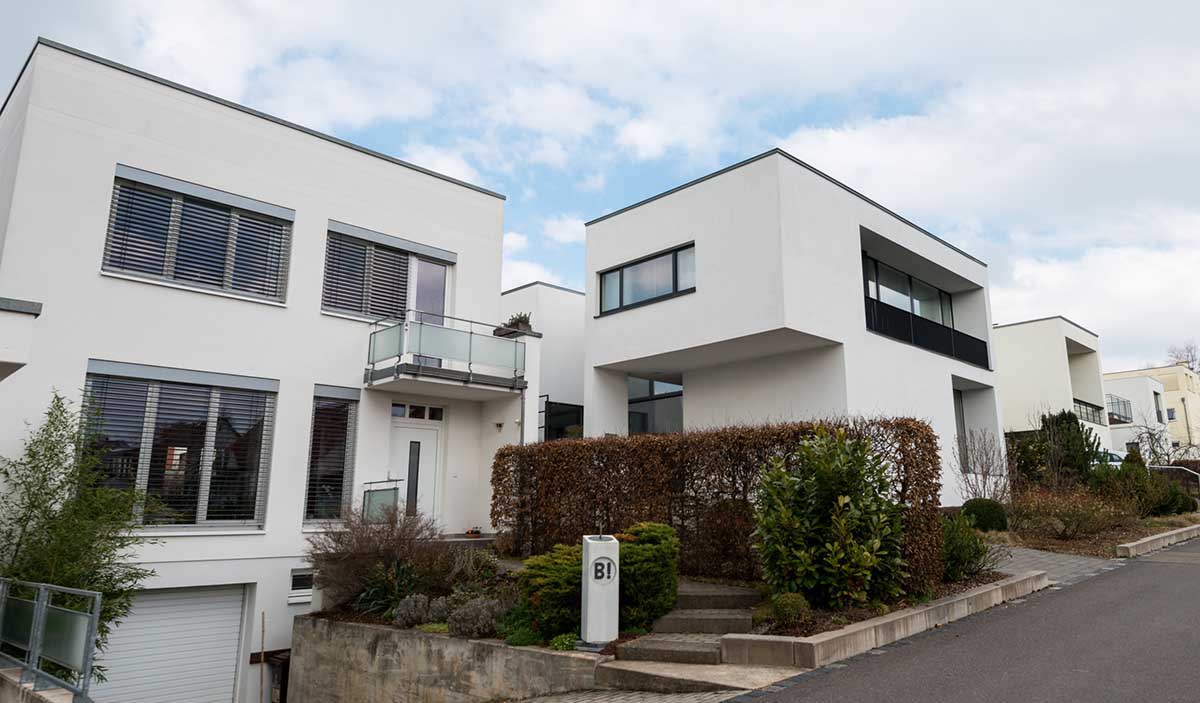
-
Neue Weimarhalle
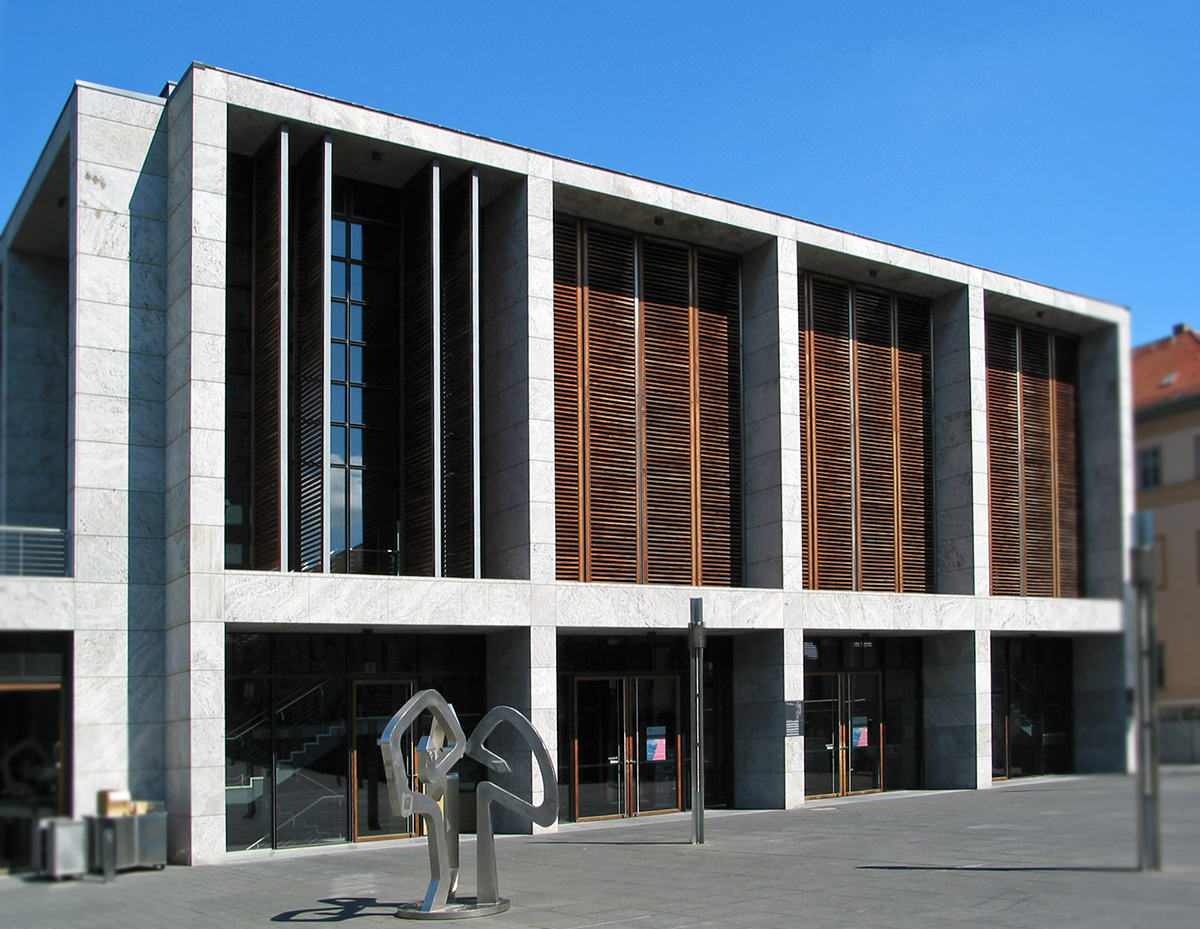
-
Neues Museum

-
Parkhöhle

-
Platz der Demokratie (Fürstenplatz)

-
Platz der Demokratie, Anna Amalia Bibliothek
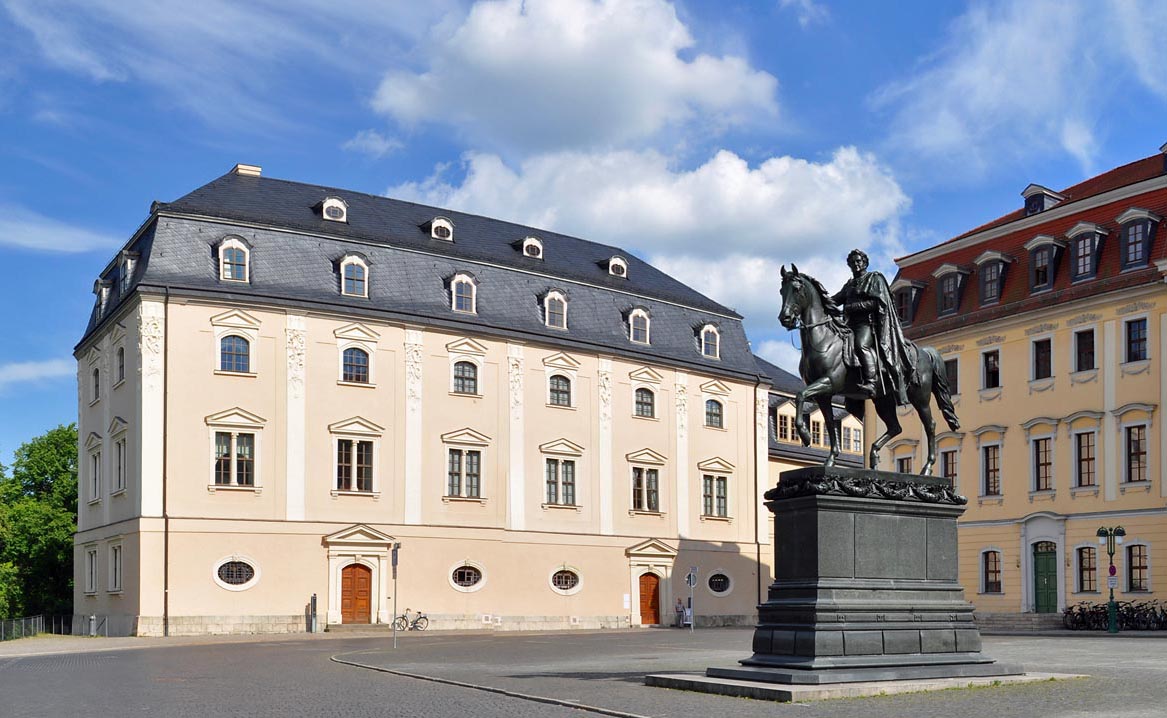
-
Rathaus
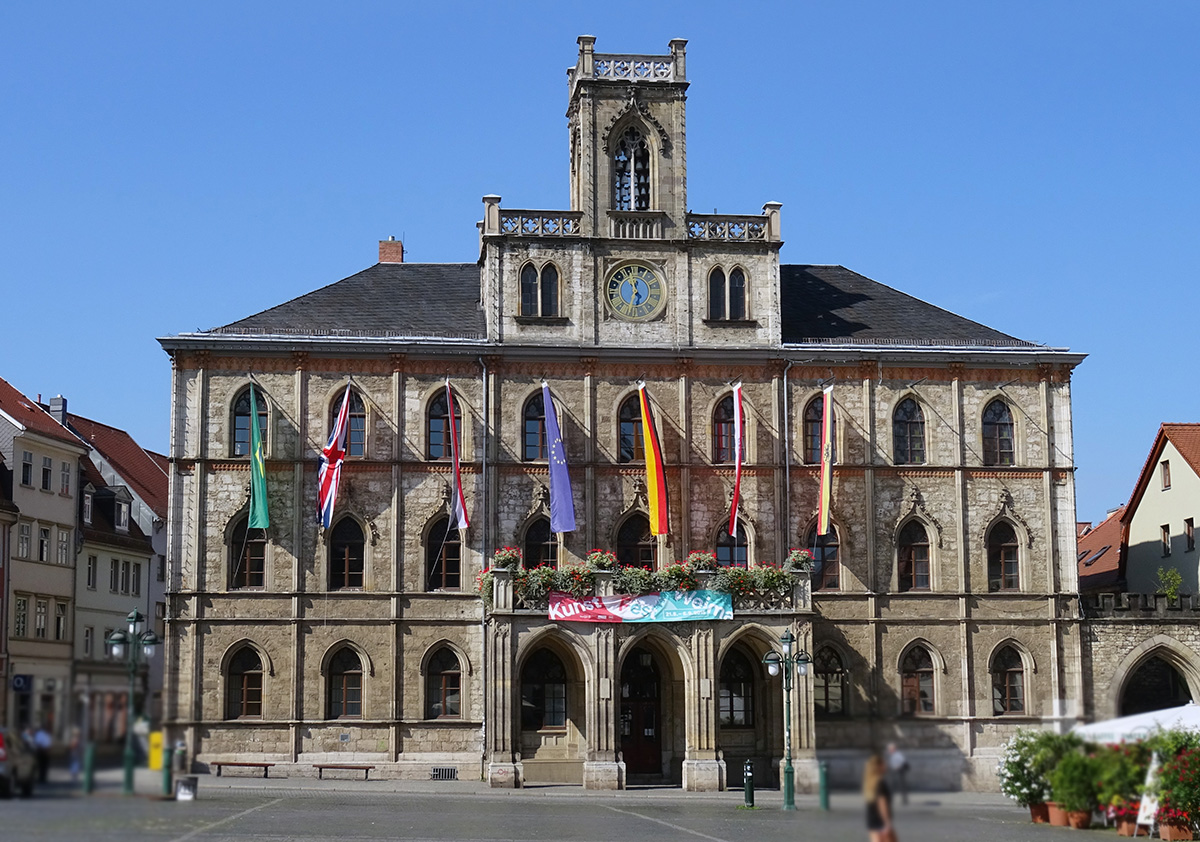
-
Reiterstandbild Carl August

-
Römisches Haus (Carl August)

-
Schloss Belvedere

-
Stadtmuseum
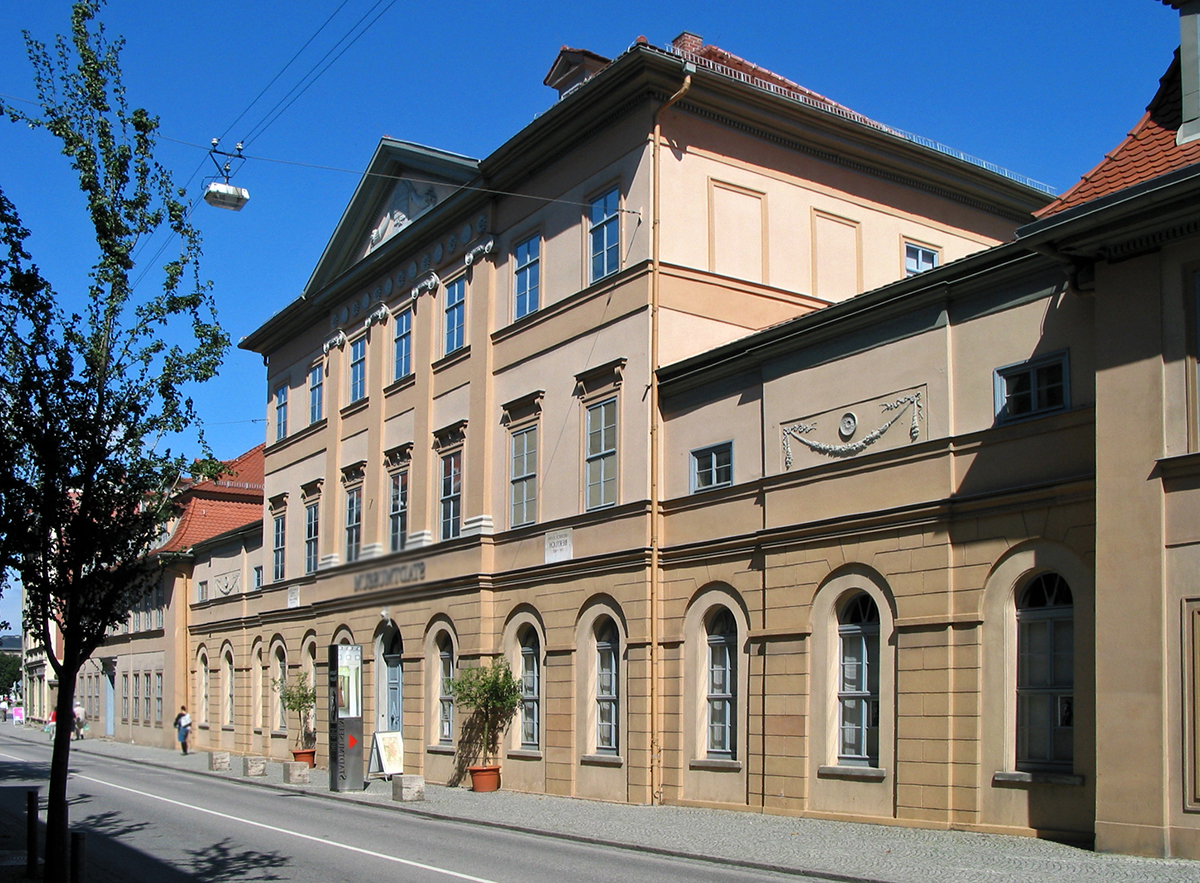
-
Stadtschloss
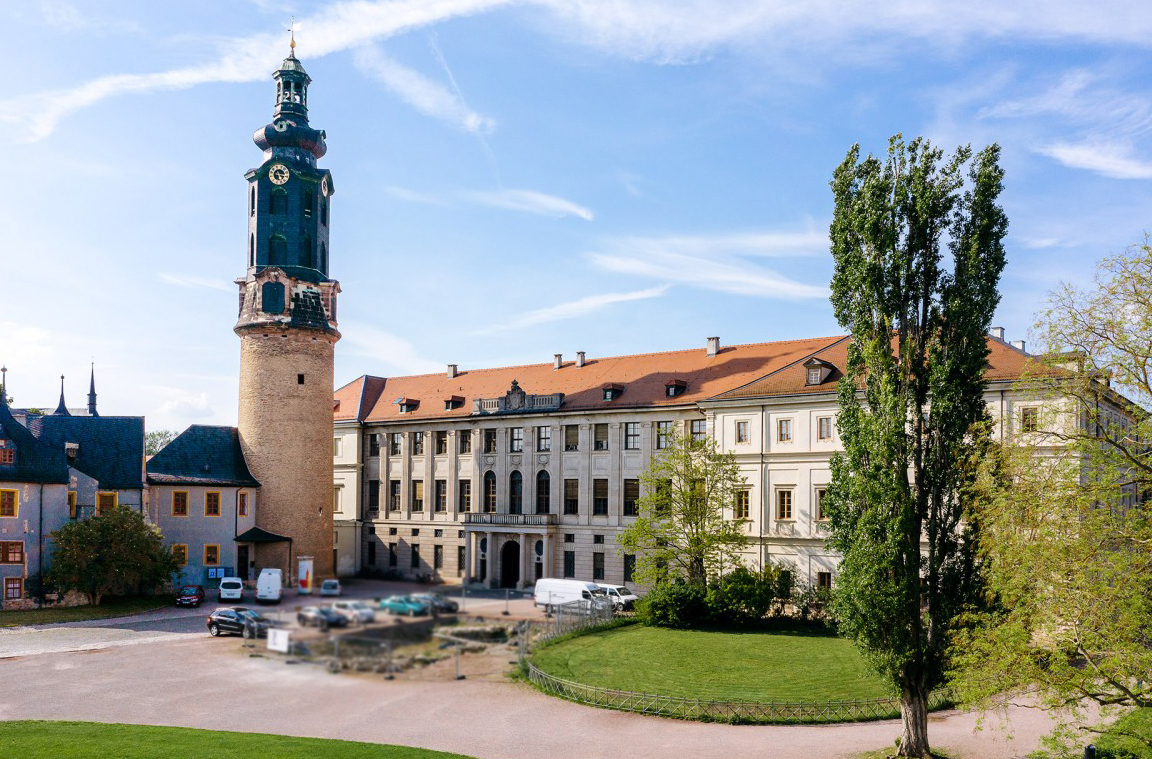
-
Standort Neues Bauhausmuseum

-
Villa Altenburg
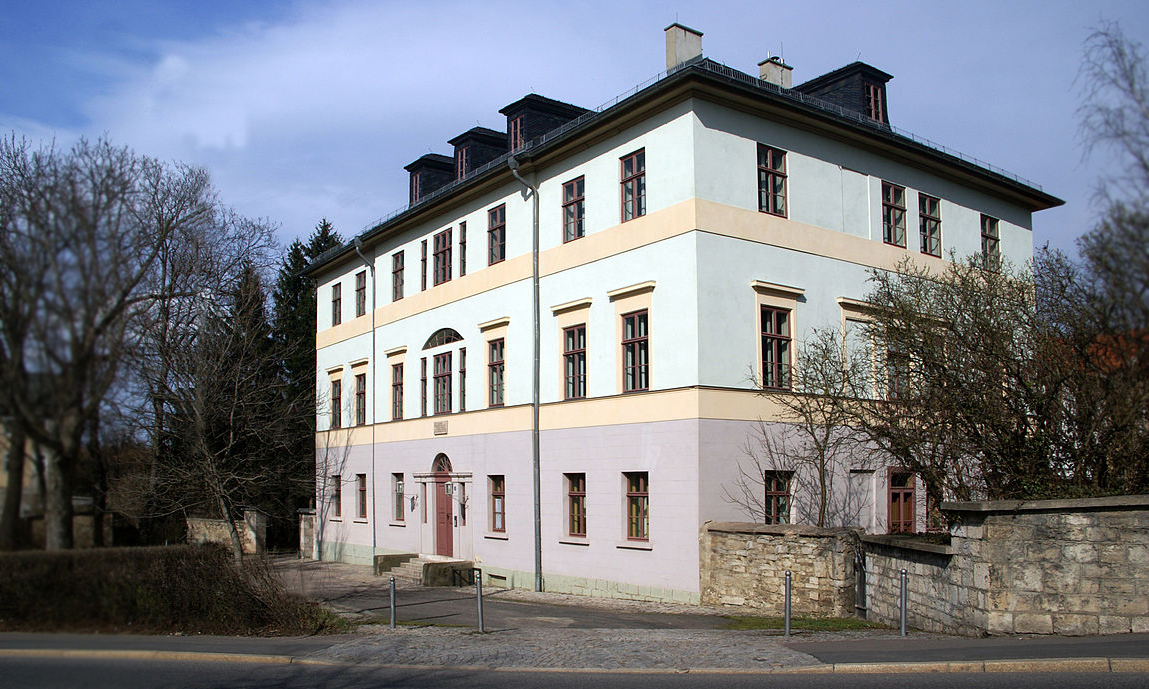
-
Welscher Garten
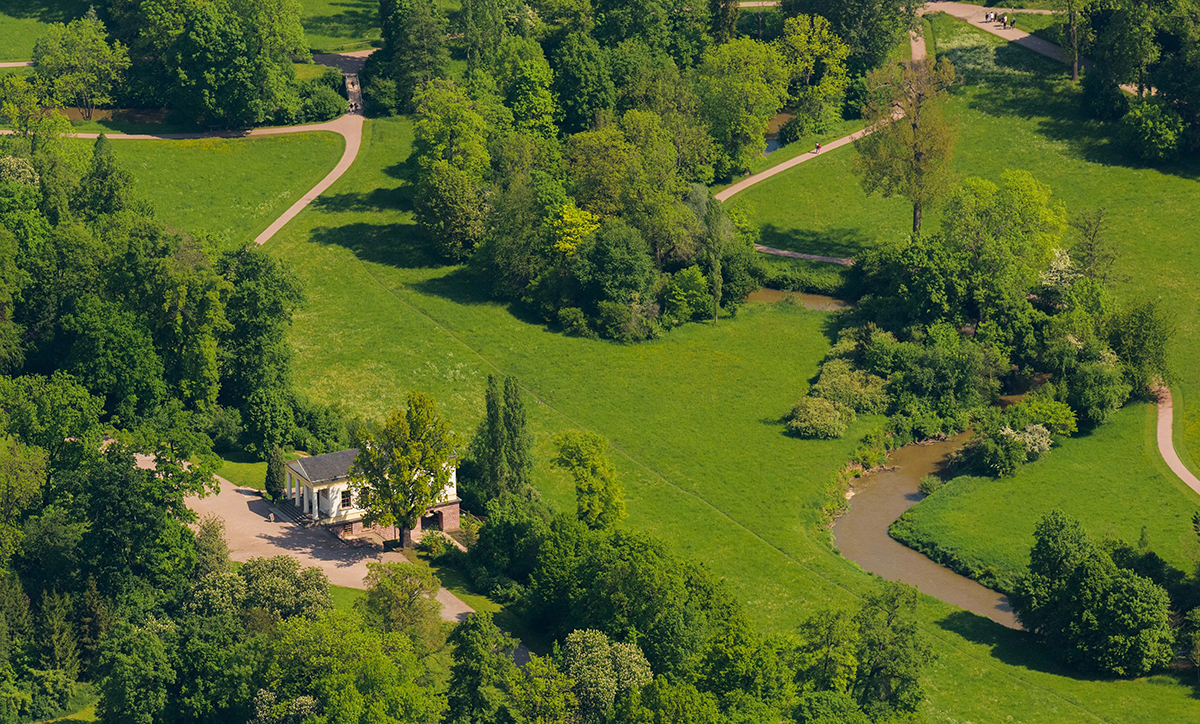
-
Wielanddenkmal
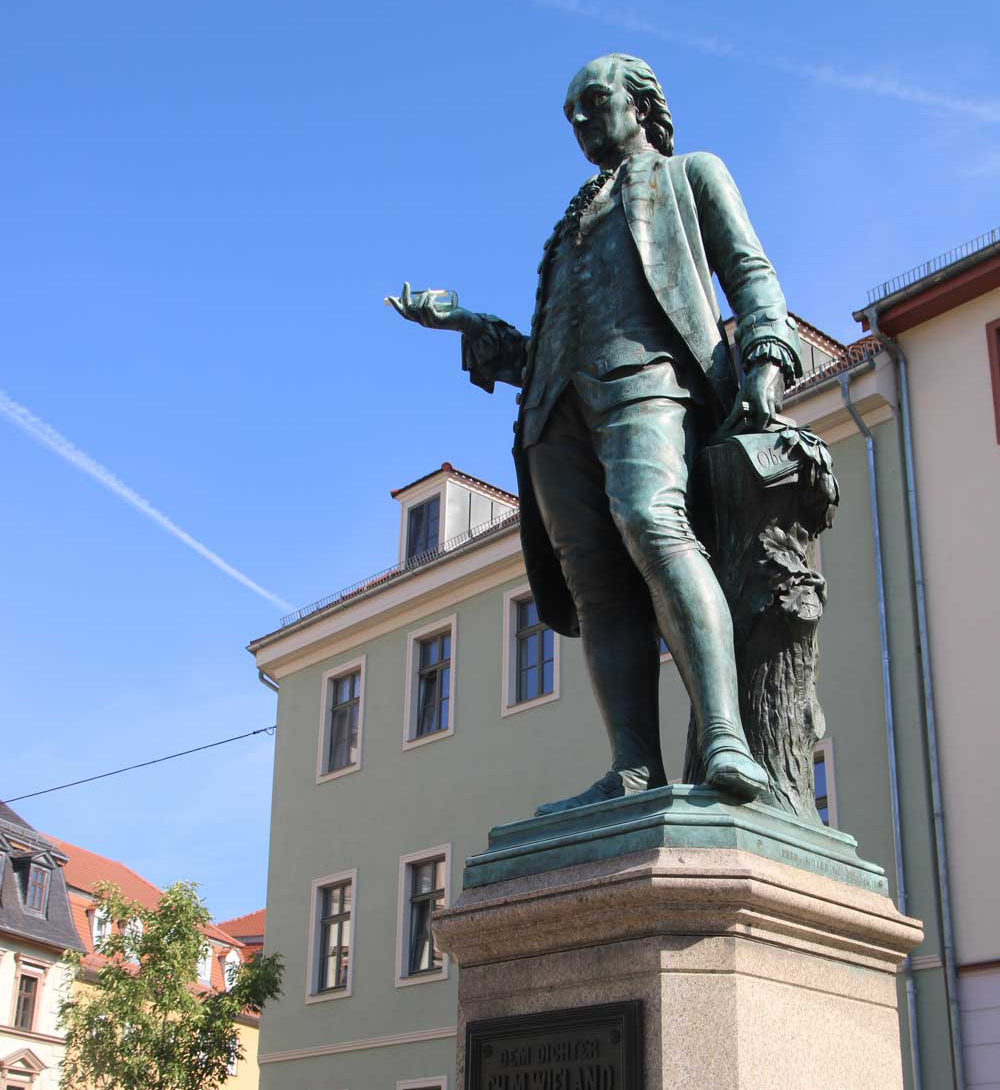
-
Wittumspalais
